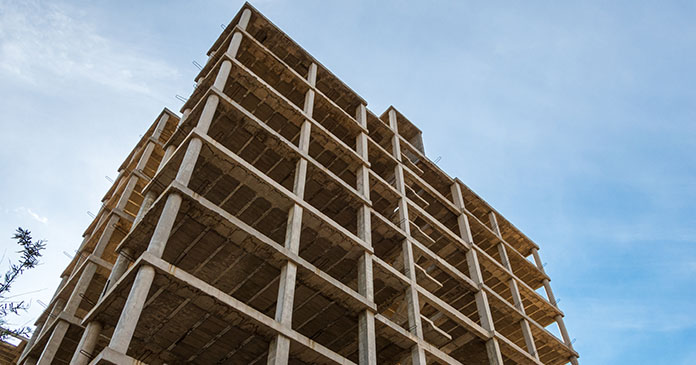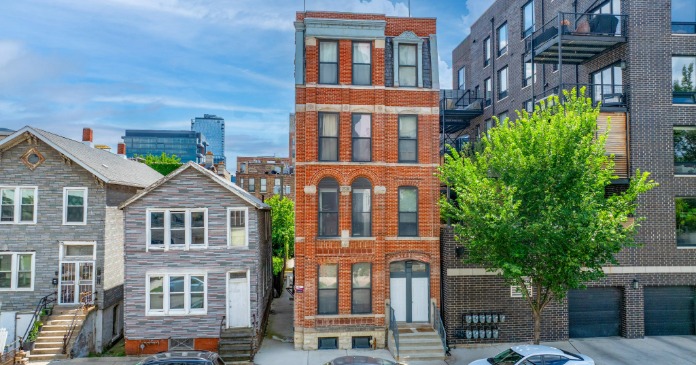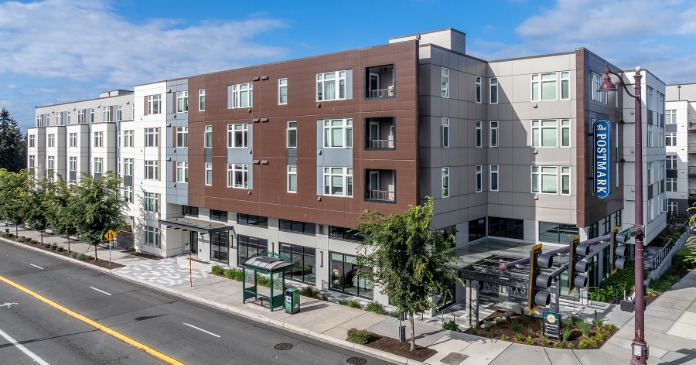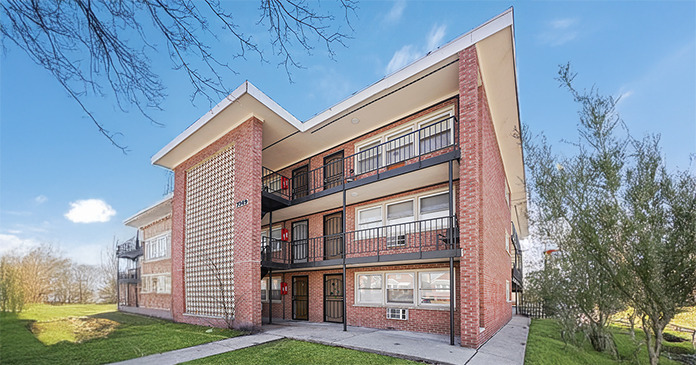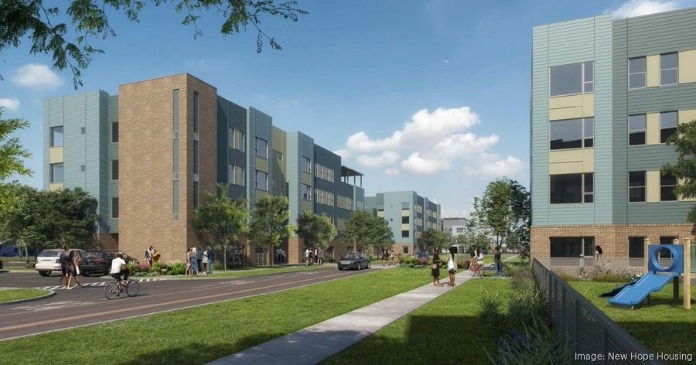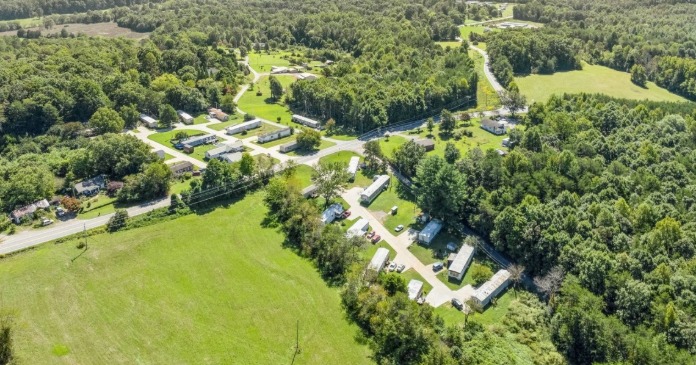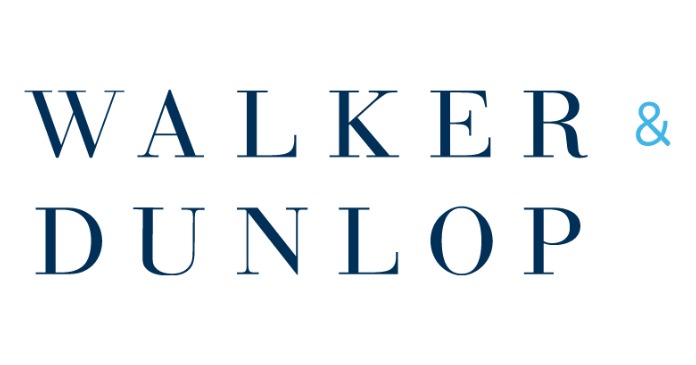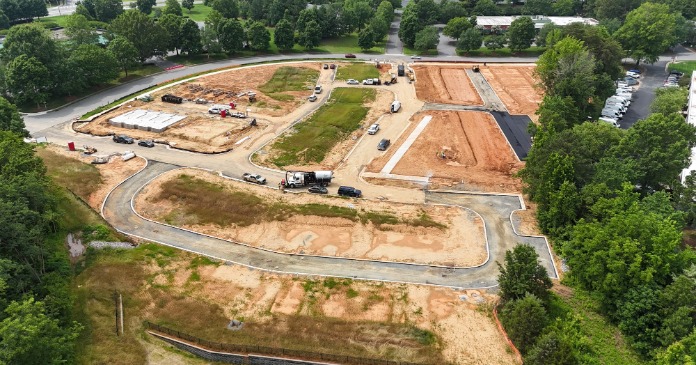Confidence in the market for new multifamily housing turned downward in the first quarter of 2022, according to results from the Multifamily Market Survey (MMS) released today by the National Association of Home Builders (NAHB). The MMS produces two separate indices. The Multifamily Production Index (MPI) decreased six points to 48 compared to the previous quarter, dipping below the break-even mark of 50 for the first time in three quarters. The Multifamily Occupancy Index (MOI) inched down one point to 68.
The MPI measures builder and developer sentiment about current production conditions in the apartment and condo market on a scale of 0 to 100. The index and all of its components are scaled so that a number above 50 indicates that more respondents report conditions are improving than report conditions are getting worse.
The MPI is a weighted average of three key elements of the multifamily housing market: construction of low-rent units-apartments that are supported by low-income tax credits or other government subsidy programs; market-rate rental units-apartments that are built to be rented at the price the market will hold; and for-sale units—condominiums. Two of the three components decreased from the fourth to the first quarter: The component measuring low-rent units increased one point to 49, the component measuring market rate rental units dropped 12 points to 49 and the component measuring for-sale units fell nine points to 44.
The MOI measures the multifamily housing industry’s perception of occupancies in existing apartments. It is a weighted average of current occupancy indexes for class A, B, and C multifamily units, and can vary from 0 to 100, with a break-even point at 50, where higher numbers indicate increased occupancy. The MOI inched down one point to 68, which is still well above 50 and is consistent with the recent high rates of occupancy reported by the Census Bureau.
“Strong demand is still keeping multifamily developers fairly optimistic in many parts of the country, but high construction costs and their impact on affordability are making some developers increasingly cautious,” said Sean Kelly, executive vice president of LNWA in Wilmington, Del., and chairman of NAHB’s Multifamily Council.
“The decline in the MPI indicates incipient caution on the part of multifamily developers,” said NAHB Chief Economist Robert Dietz. “This caution has not shown up yet in the multifamily starts rate, which remains quite strong, but the MPI typically leads changes in starts by one to three quarters.”


